
In the fast-paced rhythm of modern life, where stress has become an unwelcome companion, many seek solace in practices that offer not just physical respite but also mental rejuvenation. But how can you use yoga for anxiety and depression? Let’s dig in.
Yoga is an ancient discipline that has transcended centuries and cultures, gaining popularity for its holistic approach to well-being. However, a growing body of research substantiates what yogis have known for ages – yoga serves as a powerful remedy for stress and a beneficial contributor to mental well-being. Yoga is a form of mind-body fitness that combines physical activity and focus on awareness of the self, the breath, and energy- but how does this practice endorse positive changes in the body?
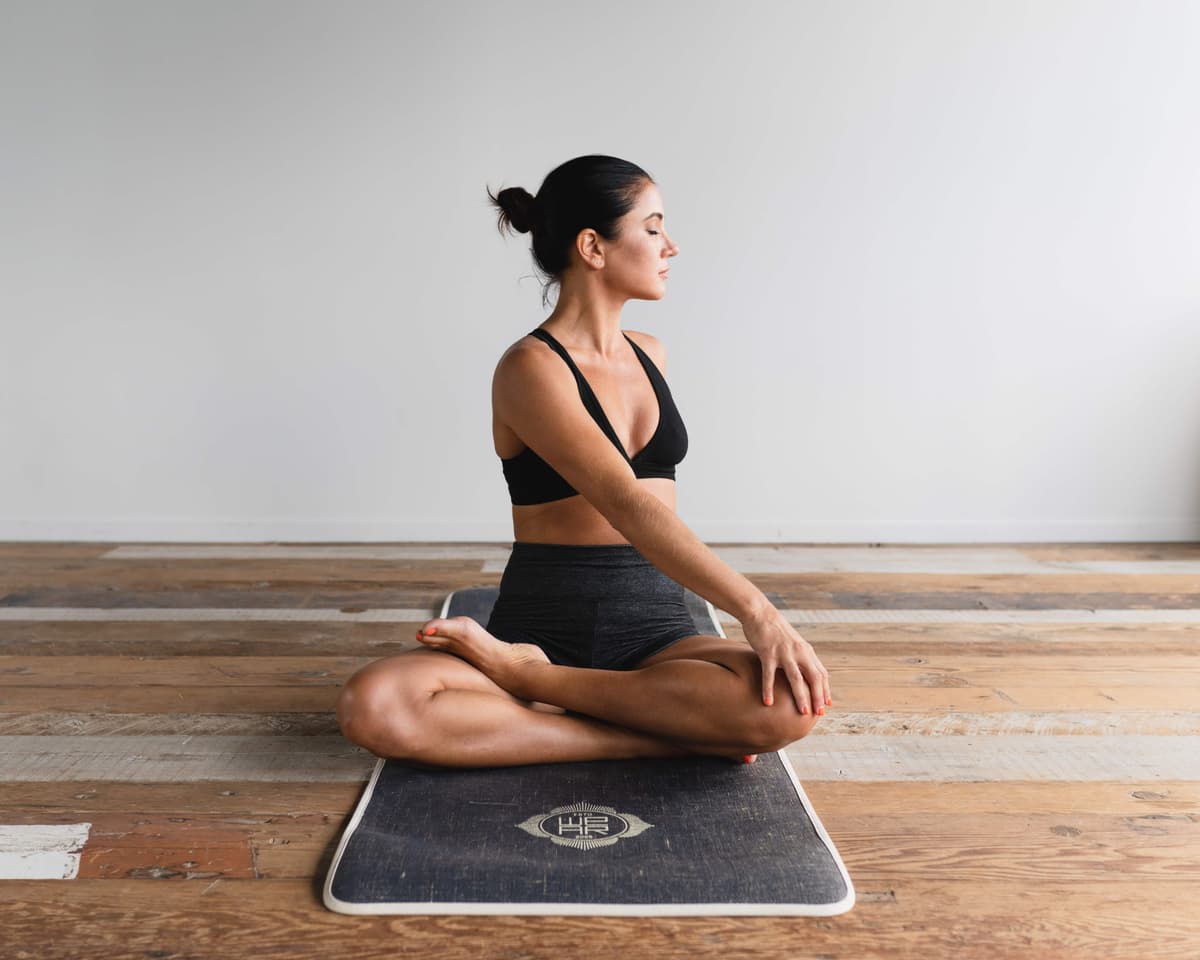
The word “yoga” comes from a Sanskrit root “yuj” which means to join or unite the mind and body by redirecting the mind’s energy to harmonize with the body’s. Regular practice of yoga promotes strength, endurance, and flexibility while facilitating compassion, self-control, and a sense of calmness and well-being.
Even when you’re not aware of it, your body is hard at work, pumping blood, sending brain signals, and helping you breathe. When you are experiencing stress, especially in large or abnormal volumes, like when you are experiencing anxiety and depression, these behind-the-scenes systems can start to work irregularly.
For example, if you are experiencing a lot of anxiety, your body may think there is a danger present, and in turn, begins to change your body’s natural processes to fight-or-flight responses. Short-term, this can feel like chest aches, restlessness, inability to focus, etc. Long-term, this can lead to your body not being able to regain a “normal,” healthy regulation.
Yoga has been shown to aid in returning the body to healthy regulation by targeting those behind-the-scenes systems and helping them regain a natural rhythm. Yoga helps reduce stress and the effects stress has on these nervous system processes.
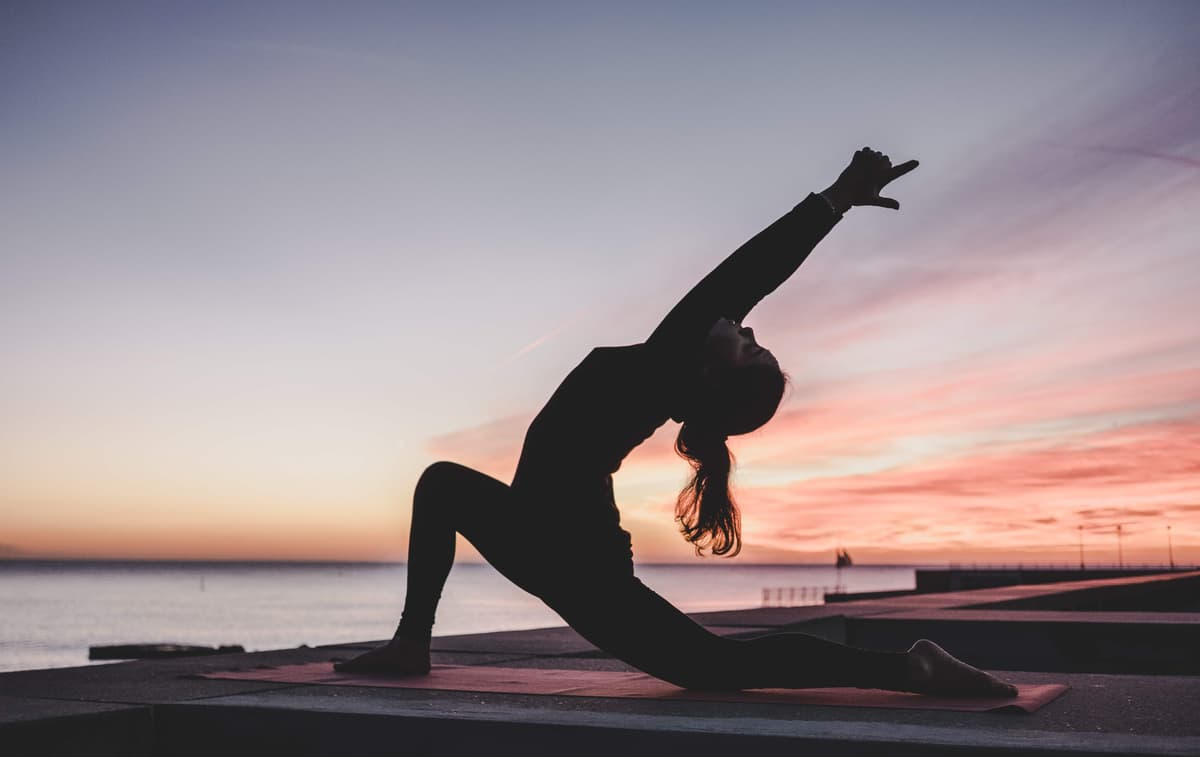
In addition to lowering stress, consistent yoga practice has been shown to improve depression. One example of this is through the significant increases in serotonin levels seen after practicing yoga. Additionally, there are many regions of the brain involved in depression and depressive symptoms. Many studies point to yoga as being a regulator for activity in those regions, showing to improve overall function in the areas in relation to mood regulation.
In addition to brain function, yoga has also been shown to reduce inflammation that leads to depression. There are various hormones in the brain that, at times, cause a chain of events that lead to stress and depression. Practicing yoga has been shown to reduce the presence of the hormones that lead to inflammation.
While it may seem intimidating to get started, the most important components of yoga are actually just to breathe and focus your energy on your current state.
There are specific breathing techniques, known as abdominal or deep breathing, that synchronize the breath with movement to create a harmonious flow. Mastering this breathing will take practice, but remember – just taking time to breathe and focus is just as great!
Start by finding a comfortable seated or lying position, allowing your body to relax. Place one hand on your chest and the other on your abdomen.
Inhalation: As you inhale through your nose, focus on expanding your abdomen. Feel the hand on your stomach rise while keeping the hand on your chest relatively still. Let the breath fill your lower lungs, allowing your abdomen to gently rise and expand.
Exhalation: Slowly exhale through your nose or mouth, feeling the gentle contraction of your abdomen as it moves inward. This process empties your lungs of air.
As you begin to incorporate movements in your practice, focus on maintaining breathing techniques between yoga poses. Coordinate your breath consciously. In general, inhalation often accompanies expansion or elongation of the body, while exhalation coincides with contraction or folding. Smooth, controlled breathing not only supports your movements but also helps to calm the mind and regulate your nervous system.
Mountain Pose (Tadasana):
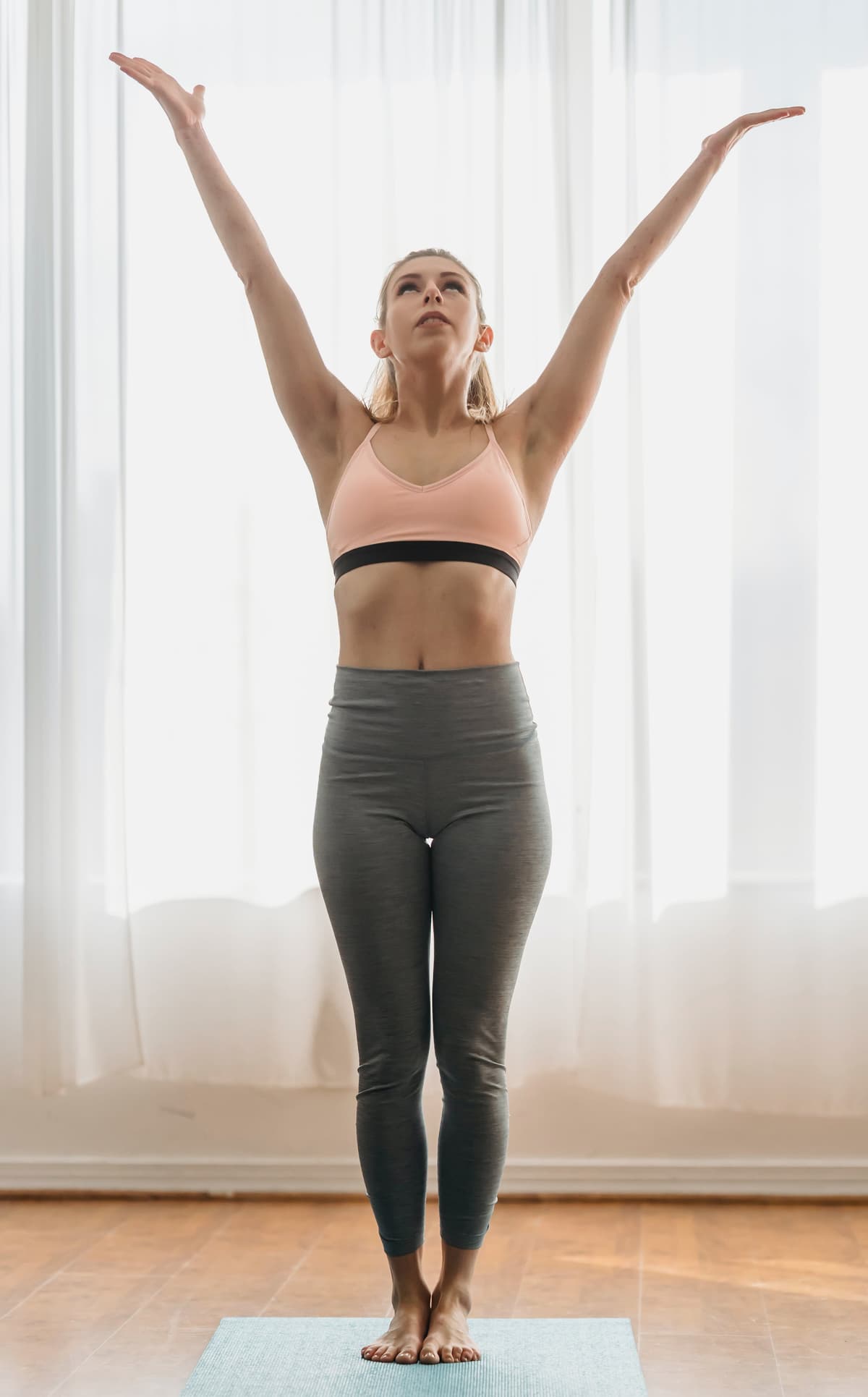
Child’s Pose (Balasana):
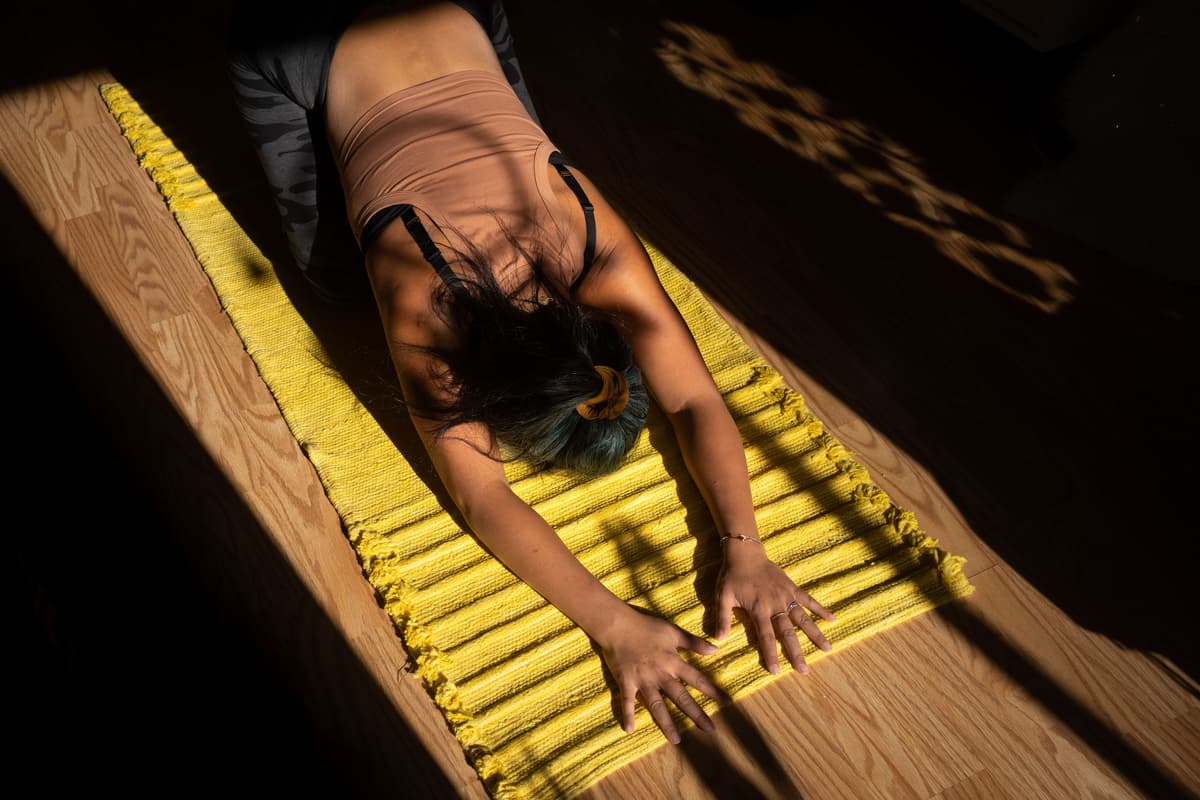
Downward-Facing Dog (Adho Mukha Svanasana):
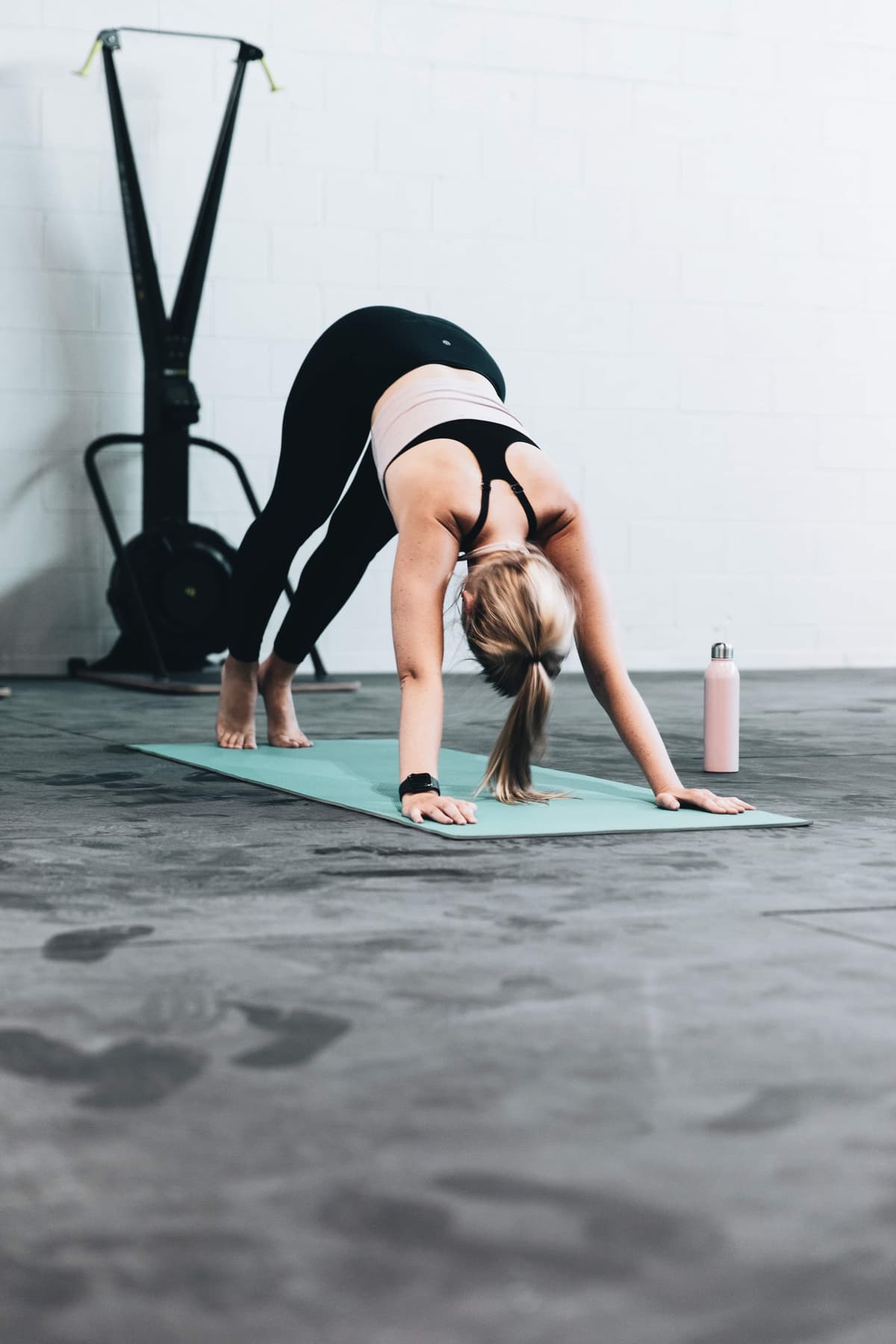
Warrior I (Virabhadrasana I):
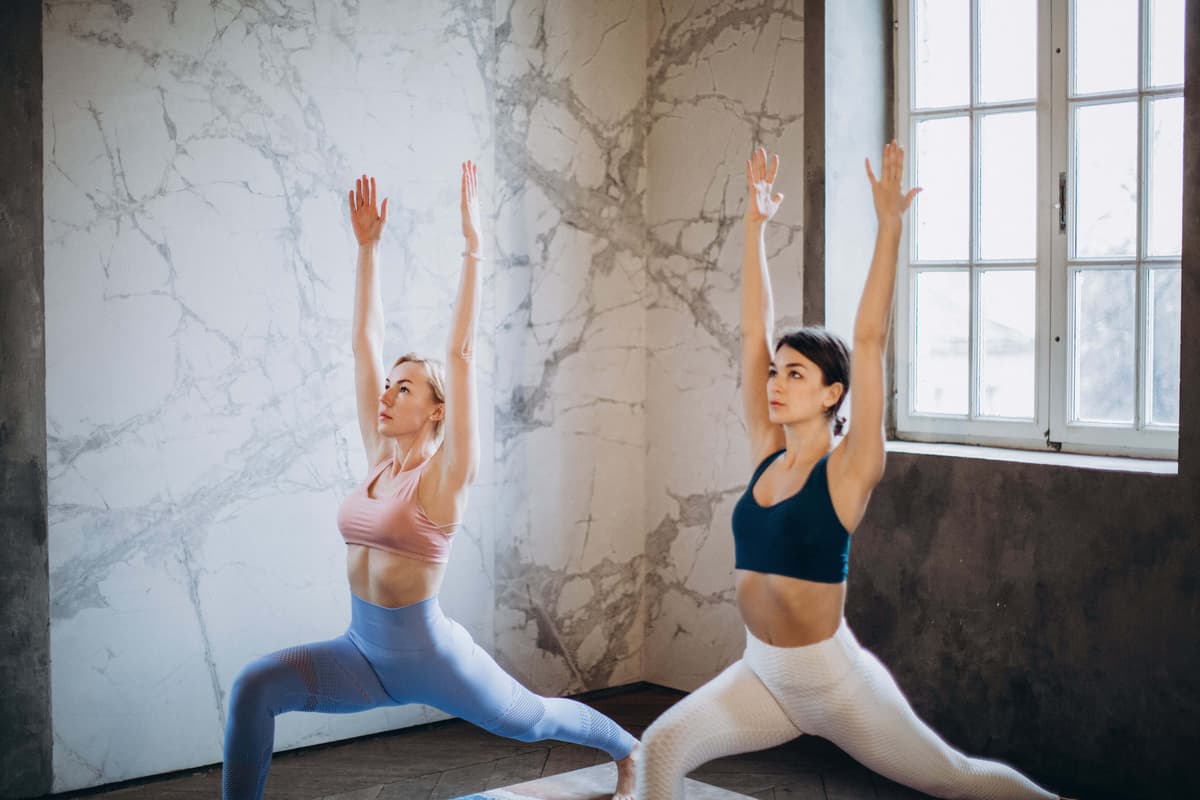
Warrior II (Virabhadrasana II):

Tree Pose (Vrksasana):
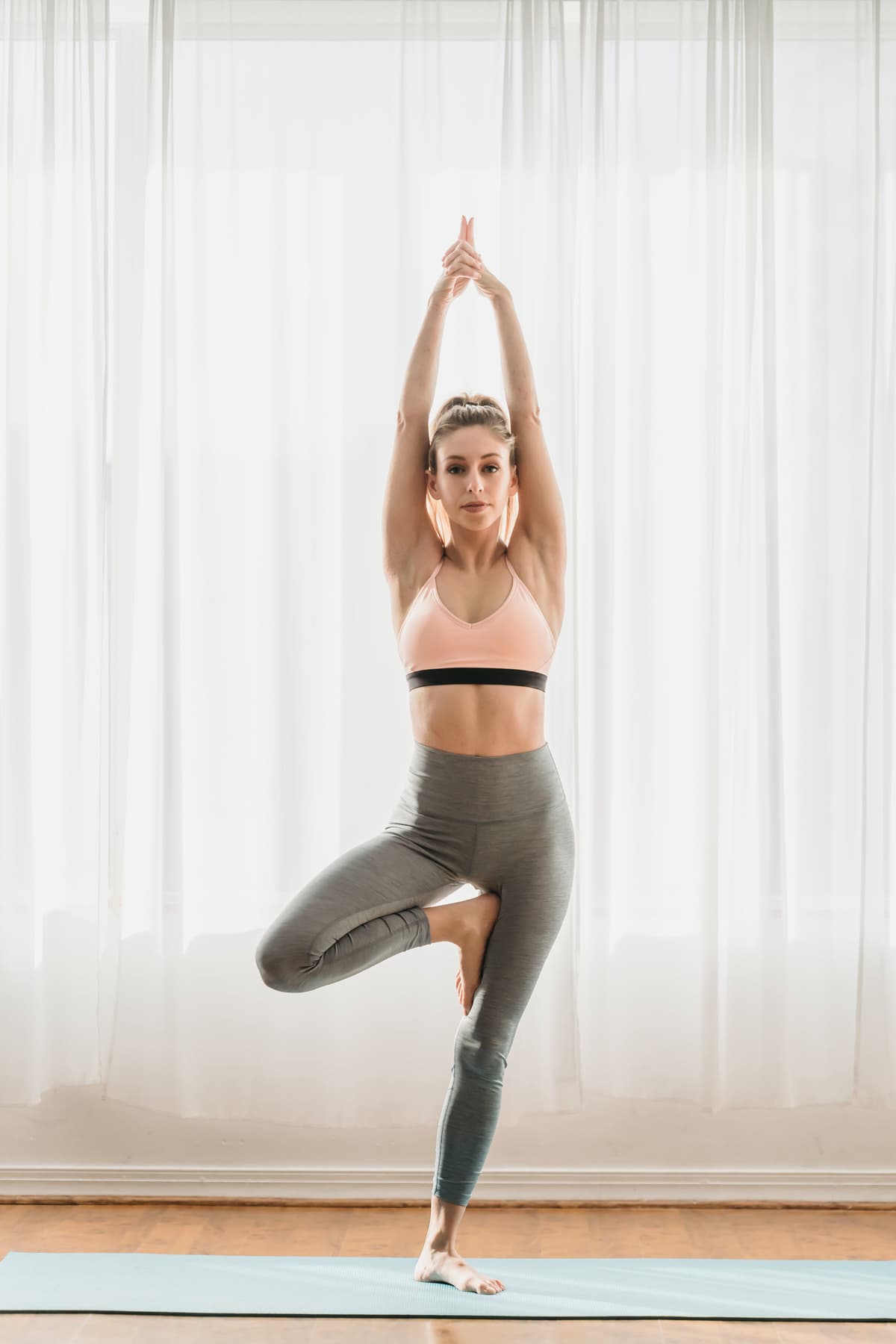
Bridge Pose (Setu Bandhasana):
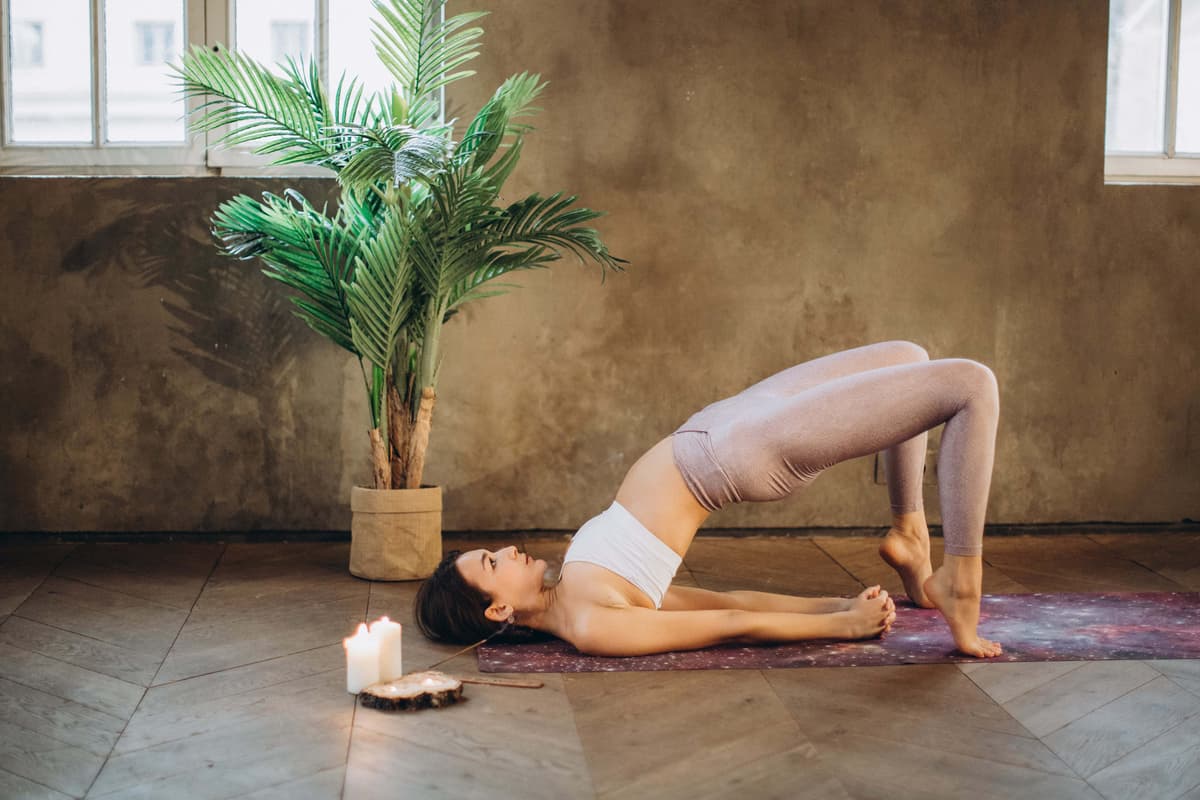
Corpse Pose (Savasana):

In a world where stress has become a constant, yoga emerges as a potent antidote, offering a holistic approach that unites mind and body. By tapping into the body’s natural rhythms and energies, yoga acts as a recalibration tool for systems disrupted by stress, guiding them back to a harmonious state.
Insights into the science behind stress, anxiety, and depression showcase how yoga serves as a guiding light in restoring the body’s equilibrium. Its impact on the nervous system and the regulation of stress responses highlights the depth of its healing potential.
Finding your peace mentally and physically can be a challenge. Through breathing and movement, the path becomes easier to navigate.
Namaste!